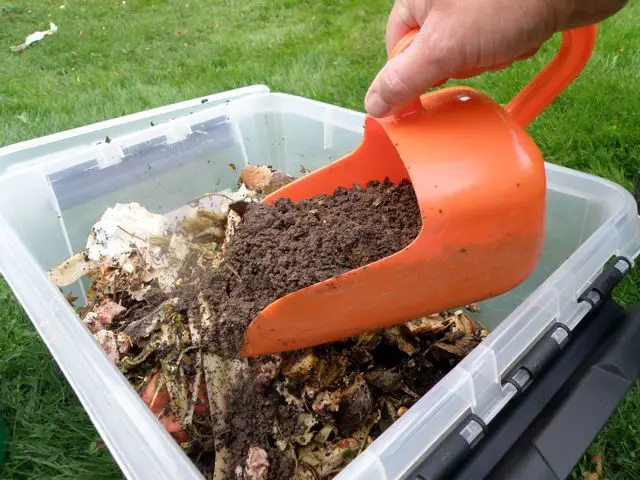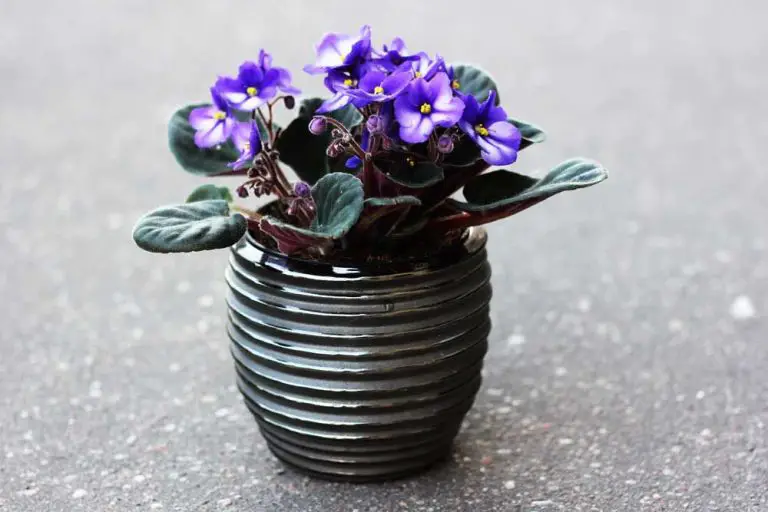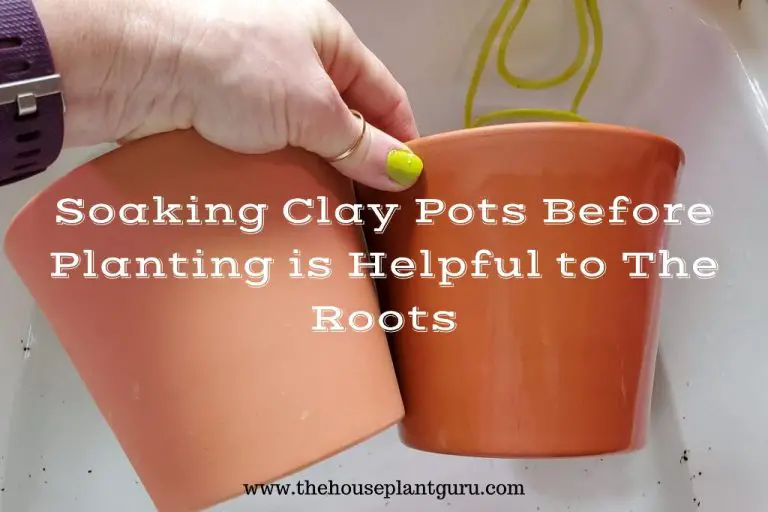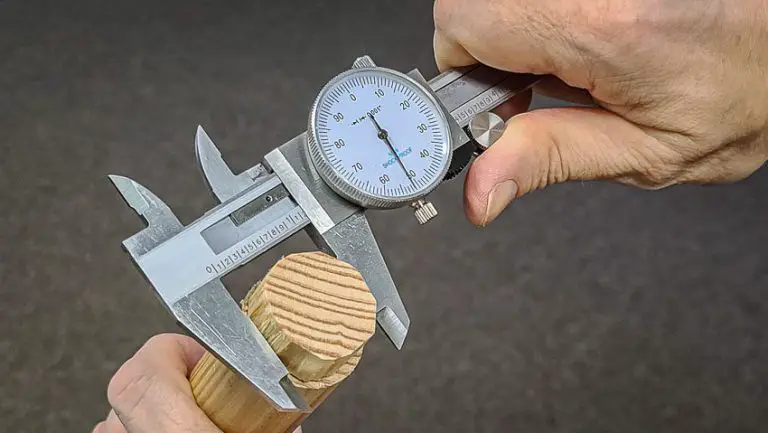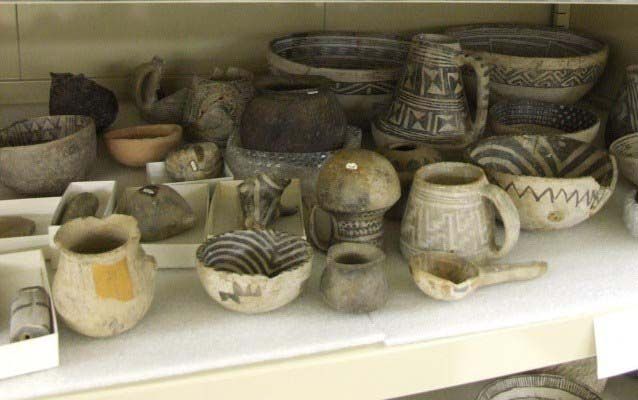How Do You Package Mugs For Sale?
Proper packaging is essential when preparing mugs for sale. The packaging serves several important functions: protecting the mugs during shipping and handling, securely containing the products, presenting the mugs attractively to customers, and conveying key information. Selecting the right packaging materials and techniques can ensure mugs arrive at their destination intact and ready for sale.
Mugs are relatively fragile items that can easily be damaged if not packaged correctly. They are susceptible to cracks, chips, and breaks. Effective packaging cushions the mugs and prevents them from knocking against each other or the box walls during transit. It also helps protect the mugs from drops, impacts, and compression forces. Using appropriate interior padding materials is key.
Packaging must also securely contain the mugs so they don’t shift around loosely inside boxes. The box and interior supports should immobilize the mugs and keep them fixed in position. This prevents damage from motion and abrasion during handling and transportation. Proper sealing of the packaging is also important to ensure mugs don’t fall out of boxes.
Another key function of packaging is to help showcase mugs for retail sale. The packaging should attractively display the mugs and make them appealing to customers browsing store shelves or shopping online. Packaging can highlight colors, shapes, sizes, artwork, and other mug features. Clear packaging may be used to provide a full view of the mug itself.
Finally, mug packaging should convey information to assist in selling the products. Labels on the box provide details like mug capacity, material composition, care instructions, manufacturer, country of origin, and more. Other markings may indicate fragile contents, proper orientation, safety warnings, and handling instructions.
By considering these key packaging functions upfront, vendors can select optimal materials and techniques for preparing mugs that arrive safely and ready for sale.
Selecting Packaging Materials
When packaging mugs for sale, you’ll need to decide whether to use cardboard or plastic packaging. Both materials have pros and cons to consider:
Cardboard boxes are a popular choice for packaging mugs. They provide cushioning to protect the mugs from breaking during shipping. Cardboard is also relatively inexpensive and recyclable. However, cardboard can get damaged by moisture and is not as durable for repeated use. Thicker cardboard provides more protection but costs more.
Plastic packaging like poly bags or clamshells can also work well for mugs. They are lightweight, watertight, and reusable. Clear plastic lets customers see the product inside without opening. However plastic generates more waste compared to cardboard boxes. Plastic packaging is also usually more expensive. It’s important to choose food-grade plastic materials if mugs will have direct contact.
When selecting packaging materials, consider the size and quantity of mugs, desired durability, cost, sustainability, and presentation. Perform shipping tests to ensure the packaging adequately protects the mugs. Balancing these factors will lead to the right packaging choice for your mugs.
Custom vs Generic Packaging
For businesses selling mugs, custom branded packaging offers many benefits over generic plain boxes. According to PakFactory, custom packaging allows you to reinforce your brand identity and create an unboxing experience for customers. Branded packaging makes your product more memorable and helps drive repeat purchases. It also shows customers you care about the details and quality of your product.
Generic plain packaging does not allow you to tell your brand’s story or make a strong first impression. While it may be inexpensive, it looks cheap and does not create an emotional response or connection with customers. Plain packaging also makes counterfeiting easier since your product lacks unique branding elements.
According to Neutrino Bursts, custom packaging should be used when you are selling premium products and want to convey quality. It is also recommended for startup companies trying to establish brand recognition and companies releasing limited edition products. Plain packaging is best suited for inexpensive commoditized products where branding is unimportant.
In summary, custom branded packaging allows you to make a strong visual brand impression, while generic packaging fails to differentiate your product. For businesses selling high-end mugs, custom packaging is essential.
Interior Padding
Properly padding the interior of the box is crucial for protecting fragile mugs during shipping. The most common cushioning materials are bubble wrap, paper, and foam. According to BoxGenie, bubble wrap is an excellent shock absorber that cushions fragile items from bumps and drops. For mugs, wrap each one individually in a layer or two of bubble wrap. Foam is another great option, as it readily conforms to the shape of the items. Sheets of 1/16 to 1/8 inch poly foam can be cut and layered inside the box to cushion mugs. Lastly, consider using paper, especially crumpled kraft paper, which provides padding and also fills in gaps. Combining these materials creates the most effective interior padding.
Securing Mugs in Boxes
When packaging mugs for shipping, it’s crucial to immobilize them inside the box to prevent breakage during transit. Here are some effective strategies for securing mugs (Tips for Packing and Shipping Boxes Securely):
Use interior dividers or braces made of cardboard, foam, or plastic to separate mugs and hold them in place. Cut dividers to size or purchase pre-made inserts designed for mugs and glasses. Place dividers between each mug and along the edges of the box (Secure Packaging Tips: How to Pack Securely for Shipping).
Fill empty space with packing peanuts, bubble wrap, or crumpled paper to immobilize mugs. Filler materials prevent shifting and absorb impact if the box is dropped. Wrap each mug individually before packing to add a layer of protection.
Consider using inflatable braces or air pillows that conform to the shape of the mugs and hold them tightly in position. Inflatable packing is lightweight yet very secure.
Pack mugs upright rather than stacked horizontally to avoid placing weight and pressure on them. If stacking is necessary, use plenty of interior padding between each layer.
Secure the box well with strong tape once it is carefully packed. Fragile labeling will also alert shippers to handle with care.
Sealing Boxes
Properly sealing boxes is a crucial step when packaging mugs for sale. There are a few main methods for closing and sealing boxes containing mugs:
Tape is commonly used to seal cardboard boxes. Packaging tape, duct tape, or masking tape can be applied along the seams and edges of the flaps to securely close the box. Tape provides a tight seal and reinforcement to prevent the flaps from opening during shipment 1. For added durability, stretch wrap can be applied over the tape seal.
Adhesive glue is another option for sealing boxes. Hot glue guns allow applying a melted glue seam along the edges and flaps. Glue provides a strong bond. Alternatively, cold glue applied by brush or nozzle can also be used. Glue may be preferable for sealing heavier boxes 2.
Staples are a fast and secure way to seal cardboard boxes. An industrial staple gun can be used to neatly staple along the seams and edges. Staples are quick to apply but do not fully seal the box like tape or glue.
Proper sealing ensures boxes remain closed during shipping and handling. It also provides tamper evidence if a return or damage claim is needed. The chosen sealing method depends on speed, security, and type of box required.
Labeling
Proper labeling is crucial when packaging mugs for sale or shipment. This includes using fragile labels, branding the package, and clearly addressing it.
Fragile labels should be applied to at least two sides of the box, ideally on the top and one side. This alerts shipping handlers and customers that the contents are breakable and need careful handling. Choose bold, high-visibility fragile stickers that stand out.

The brand name and logo should also be displayed on the box. This allows easy identification of the package contents without needing to open it. The branding builds recognition and shows professionalism.
The shipping address should be printed clearly on the box, including the recipient’s name, street address, city, state, and zip code. Avoid handwriting which can be prone to smudging and illegibility. The return address should also be included on the box.
Other helpful information to include on the labels is the package weight, quantity (such as 2 mugs), and any special handling instructions like “This Side Up.” Take care to accurately label required shipping details to avoid problems or delays.
Shipping Considerations
When shipping mugs, it’s important to provide extra protection to prevent breakage during transit. According to The Mailbox Store, properly cushioning items is a key tip for good packing. They recommend using packing peanuts, bubble wrap, or crumpled paper to fill empty space and absorb impacts.
It’s also essential to follow the guidelines of the carrier you are using. For example, Freight Pros advises not exceeding box weight limits set by USPS, FedEx, or UPS to avoid extra fees or rejection. The box should be sturdy enough to protect the contents without collapsing. Furthermore, appropriate shipping labels indicating fragile contents should be applied.
By taking measures to add extra protection inside boxes and adhering to carrier rules, mugs can be shipped safely to customers without damage.
Automation Options
For companies that need to package large volumes of mugs, investing in automation equipment can significantly increase efficiency and reduce labor costs. Some common types of packaging automation equipment include:
- Case erectors – quickly and accurately form corrugated boxes
- Case sealers – seal the flaps of boxes closed with tape or glue
- Shrink wrappers – wrap pallet loads in plastic shrink wrap
- Conveyor systems – transport products through the packaging line
According to https://crawfordpackaging.com/packaging-equipment/, automatic case erectors and sealers can eliminate the need for manual case sealing and allow companies to package up to 15-20 cases per minute. This results in significant labor cost savings compared to hand packing.
Upfront capital costs can be high for packaging automation, with some equipment costing over $100,000. However, companies packaging over 1,000 units per day may see a return on investment in 1-2 years through increased productivity and reduced labor expenses. Performing a detailed cost/benefit analysis is recommended when evaluating packaging automation.
Conclusion
In conclusion, proper packaging is crucial for protecting mugs during shipping and storage. When selecting packaging materials, consider durability, cushioning, and presentation. Generic boxes lined with bubble wrap or crumpled paper provide sufficient protection at low cost, while custom branded boxes add promotional value. Tightly secure mugs in place so they don’t shift during transit. Seal boxes thoroughly with strong tape. Clearly label packages with fragile warnings and shipping information. Consider added services like insurance and signature confirmation for valuable shipments. Automate processes when possible through packaging machinery and order fulfillment software. With careful attention to packaging, you can ship mugs safely to customers anywhere.
Final tips include testing different packaging methods, training staff on procedures, and examining damaged shipments for improvement opportunities. Consult shipping carriers’ guidelines and consider an audit of current practices. For more information, check industry resources such as packaging manufacturers and distributor networks. With quality packaging and preparation, you can confidently ship your mugs worldwide.

